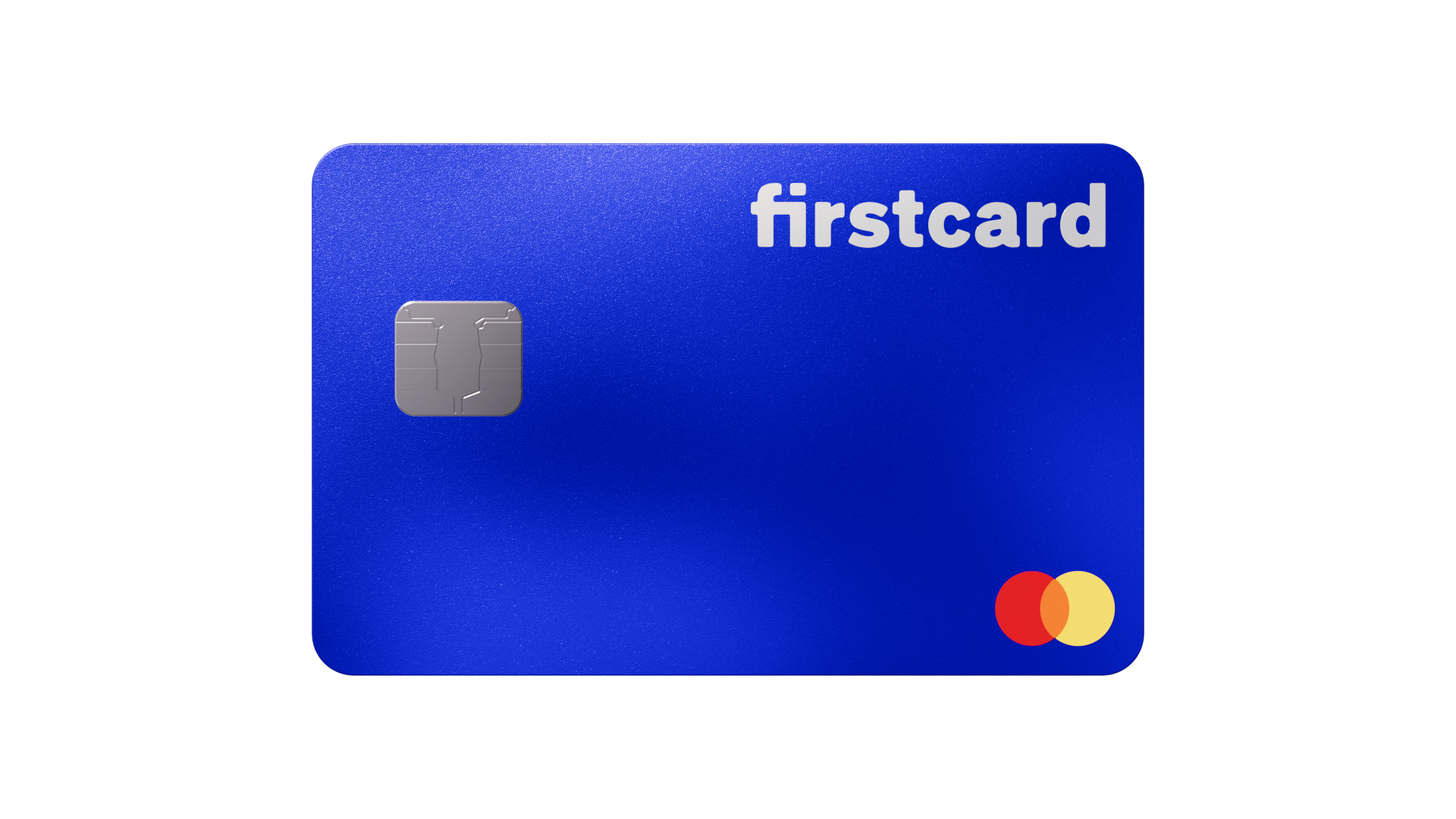Comparison between traditional credit cards and prepaid credit cards: which is the best option for you?

Understanding Credit Card Options
In today’s financial landscape, choosing the right payment method is crucial for managing personal finances. Among the various options available, traditional credit cards and prepaid credit cards stand out as popular alternatives, each offering unique features and benefits.
When evaluating these options, it is important to understand their core differences. Here are some key aspects to consider:
- Payment Flexibility: Traditional credit cards allow users to borrow funds up to a certain limit as established by the issuing bank. This arrangement provides a level of financial leverage that can be beneficial in emergencies or for large purchases. In contrast, prepaid cards require users to load funds in advance before making payments. Therefore, users may have less flexibility in managing unexpected expenses, as they can only spend what they have already deposited onto the card.
- Interest Rates: Credit cards often come with variable interest rates that can significantly add to costs, particularly if balances are carried from month to month. For example, the average credit card interest rate in the U.S. can range from about 15% to 25% or higher, depending on the cardholder’s creditworthiness. On the other hand, prepaid cards do not accrue interest since they utilize already loaded funds, allowing users to avoid debt altogether.
- Credit Score Impact: Using a traditional credit card responsibly can enhance your credit score by demonstrating your ability to manage debt effectively. This can be particularly advantageous for individuals aiming to secure loans for significant investments, such as a home or vehicle. Conversely, prepaid cards do not contribute to credit history, meaning users looking to establish or improve their credit score may need to rely on credit cards for this purpose.
Additionally, the fees associated with each option vary significantly, which can influence overall spending. For example, traditional credit cards may feature:
- Annual fees, which can range from zero to several hundred dollars depending on the benefits attached to the card.
- Late payment charges, which can incur penalties of up to $40 or more if payments are not received by the due date.
- Foreign transaction fees, typically around 1%-3%, that are applied when using the card for purchases outside the United States.
In contrast, prepaid cards might include monthly maintenance fees, which can often be minimized or avoided altogether, as well as ATM withdrawal fees that vary by issuer. However, they often provide more budget-friendly control, limiting spending to the amount preloaded on the card. This can act as a financial safeguard against overspending, thereby assisting in better budgeting practices.
Understanding these distinctions is vital to selecting a card that aligns with your financial goals. Whether you prioritize building credit, managing spending strictly, or avoiding debt, an informed decision will not only enhance your financial well-being but also safeguard your fiscal future.
DISCOVER MORE: Click here to learn about the impact of physical activity on mental well-being
Evaluating Fees and Budget Management
One of the essential considerations when distinguishing between traditional credit cards and prepaid credit cards is the structure of fees associated with each option. While both card types have their own fee schedules, understanding them can significantly impact your overall financial performance.
Traditional credit cards typically feature a variety of fees, including:
- Annual Fees: Many traditional credit cards charge an annual fee that can vary widely. Some premium cards may have fees upwards of $500, while others offer no annual fee. This cost is often associated with certain benefits, such as rewards programs and travel perks.
- Late Payment Fees: Failure to make payments on time can result in penalties, with fees reaching up to $40 per missed payment. This can compound over time, particularly if users accumulate multiple penalties.
- Cash Advance Fees: Borrowing against the credit limit can incur high interest rates and additional fees, often around 3%-5% of the transaction amount. This makes cash advances a costly option when compared to standard purchases.
In comparison, prepaid credit cards may have a different fee structure. Users can encounter:
- Monthly Maintenance Fees: Many prepaid cards charge a monthly fee for account maintenance, although some offer fee-free alternatives if certain criteria are met, such as maintaining a minimum balance.
- ATM Withdrawal Fees: When withdrawing cash from ATMs, prepaid cards may impose additional charges. Users should pay attention to their specific card’s fees, as these can vary significantly by issuer.
- Reload Fees: Adding funds to a prepaid card may also come with costs, particularly if using third-party retailers or services that charge a fee for the transaction.
Additionally, the straightforward nature of prepaid cards inherently promotes budget management. Since users can only spend what they have already loaded onto the card, this feature helps in avoiding debt accumulation and encourages responsible spending habits. In contrast, traditional credit cards facilitate the risk of overspending through the extension of credit limits, which can be tempting in unforeseen circumstances.
Moreover, understanding how to leverage potential benefits from credit cards plays a critical role in payment method selection. Traditional credit cards often offer rewards programs, cashback opportunities, or travel benefits that can enhance overall financial experiences. These features can lead to substantial savings if used wisely. However, these benefits typically come with higher annual fees, requiring users to weigh the costs against the potential rewards.
In summary, evaluating the financial implications of both traditional and prepaid credit cards will directly influence your choice of card. By analyzing fees, spending habits, and the purpose of usage, you can make an informed decision that aligns with your individual financial goals and lifestyle needs.
DISCOVER MORE: Click here to learn about the benefits of cultural foods
Assessing Credit Building and Security Features
Another fundamental aspect to consider when comparing traditional credit cards and prepaid credit cards is their impact on credit building and the security features they provide. Your financial health and the ability to secure future loans may be greatly influenced by the type of card you choose.
Traditional credit cards are specifically designed to help users build their credit history and improve their credit scores. When you use a traditional credit card responsibly—making timely payments and maintaining low balances relative to your credit limit—you can positively influence your credit score. This is crucial for individuals planning to apply for larger loans, such as mortgages or car loans, as lenders often rely on credit scores when determining eligibility and interest rates.
Moreover, many traditional credit cards report account activity to credit bureaus, enhancing the opportunity for users to establish credit history. This capability can be especially advantageous for individuals new to credit, such as young adults or those looking to rebuild after financial challenges.
In contrast, prepaid credit cards do not contribute to credit scores as they do not involve borrowing. While they offer a practical solution for managing budgets and avoiding debt, individuals looking to enhance their creditworthiness would find little to no benefit from using these cards. Therefore, those who are focused on building a strong credit profile may consider traditional credit cards as a more fitting option.
Security and Fraud Protection
In terms of security, traditional credit cards often provide more robust fraud protection compared to prepaid cards. Most established credit card issuers offer zero liability policies, which protect users from being held responsible for unauthorized charges made on their accounts. This feature provides peace of mind, especially for situations where the card may be lost or compromised.
Additionally, traditional credit cards may include advanced security features, such as EMV chip technology and sophisticated monitoring systems that detect fraudulent activity. Customers can be alerted in real time about any suspicious transactions, adding an extra layer of protection.
On the other hand, prepaid credit cards typically offer less comprehensive protection. While many prepaid issuers do provide some measures against fraud, the level of security varies widely among companies. Furthermore, the lack of credit building potential often deters users from utilizing prepaid cards for daily purchases, rendering them less advantageous in environments where trust and security are paramount.
It is also important to consider the means of dispute resolution when it comes to transactions made with traditional credit cards. Most traditional credit card companies have dedicated customer service teams and procedures in place for disputing erroneous charges or tracking suspected fraud. Prepaid cards may not offer a similar level of customer support, potentially complicating matters for users who encounter problems.
In summary, individuals aiming to build their credit and benefit from robust security features may find traditional credit cards to be the superior option. Conversely, those looking for a budgeting tool free from the risk of debt may prefer prepaid credit cards, although they should be aware of the limitations in credit-building opportunities and security available with these options. Ultimately, the choice hinges on individual financial goals and personal preferences.
DISCOVER MORE: Click here for fun ways to keep your kids active
Conclusion
In conclusion, the choice between traditional credit cards and prepaid credit cards ultimately depends on an individual’s financial objectives and spending habits. For those focused on establishing or improving their credit score, traditional credit cards present a clear advantage, as their responsible use can enhance credit history and open doors to future financing opportunities. The added security features and robust fraud protection they offer further position them as a reliable financial tool.
Conversely, prepaid credit cards serve as an invaluable resource for consumers seeking to manage their budgets without incurring debt. They are particularly beneficial for individuals who may struggle with overspending or those wishing to restrict their expenditure to a predefined limit. However, it is crucial for users to recognize the limitations associated with prepaid cards, particularly regarding their lack of credit-building potential and varying levels of security.
Ultimately, it is essential to assess personal needs and financial circumstances before making a decision. Individuals should consider their goals, spending habits, and the necessity for credit establishment against the desire for budget control and expenditure limits. Each option has its own strengths, and understanding these differences will empower consumers to make informed choices that align with their financial futures.


